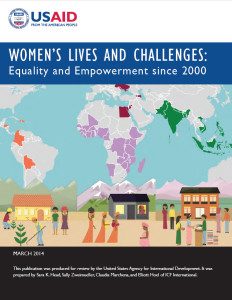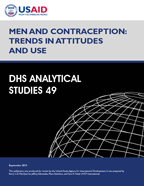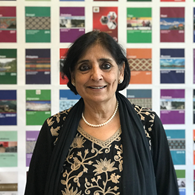On International Women’s Day: A Pledge for Accountability
International Women’s Day, March 8, never fails to give me pause: while it provides a time and space to celebrate women’s achievements and evaluate progress toward attaining gender equality, it also makes me wonder when we – all of humanity – will no longer need to set aside a special day to focus attention on fully half of humanity. It is disappointing that despite the nearly half century since the publication of Ester Boserup’s 1970 game changing Women’s Role in Economic Development which documented women’s critical and largely ignored role in agriculture, we are still only “pledging for parity” and are nowhere near achieving it. Boserup’s work showed that in many economies women did half or more of agricultural work while also contributing significantly to trade.
For me, Boserup’s work has special meaning. Not only did her insights change the way I looked at women’s role in development, but also because 22 years ago it indirectly gave rise to my very first job in the United States. In 1993, I joined DHS as its first and only Women-in-Development Analyst. The job title sounds archaic now, but back then the change from a focus on women’s roles in development to the role of gender in providing the context and constraints for women’s full participation in development was just beginning. By the end of the 1990s, the shift from WID to GAD (Gender and Development) was complete and my title eventually reflected this change.
“…for us at The DHS Program, the 2016 International Women’s Day call of ‘Pledge for Parity’ translates into a pledge to continue providing the highest quality data and analysis to hold the world accountable for the continuing gap in the achievement of gender equality.“
As the newly minted DHS WID analyst, I was asked to develop a module of survey questions that could be included in a DHS and would provide information on gender relations in the household and the context of women’s lives. At that time, almost 10 years after the DHS project was initiated, the DHS woman’s questionnaire, designed primarily to measure key demographic and health indicators, had almost no information on women’s status. The only information related to women’s status was education, age at first marriage, and employment. Thus in developing a women’s status module, I had a pretty clean slate to work with. The module that was finally developed and piloted as part of the 1995 Egypt DHS covered many aspects of women’s status including household decision making, dowry payments, attitudes towards women’s roles and spousal violence, ownership and control of assets, freedom of movement, financial autonomy, and exposure to violence. Though never fielded again in its initial form, the module became the basis of DHS’s ongoing contributions to understanding the role of gender and women’s empowerment in the achievement of demographic and health goals.
Today The DHS Program continues its 20+ year tradition of providing reliable and consistent data on women’s roles in the household, violence against women, and female genital cutting. The power of these data comes not only from the information they provide on women’s lives, but also from the fact that these data are collected alongside demographic, health and nutrition data for the same women. This holistic approach enables The DHS Program to go beyond just providing gender indicators to the world, to providing in-depth analyses that help highlight women’s contributions, constraints and gender inequities in the context of demographic change, health, and social and economic development. Thus for us at The DHS Program, the 2016 International Women’s Day call of “Pledge for Parity” translates into a pledge to continue providing the highest quality data and analysis to hold the world accountable for the continuing gap in the achievement of gender equality.





